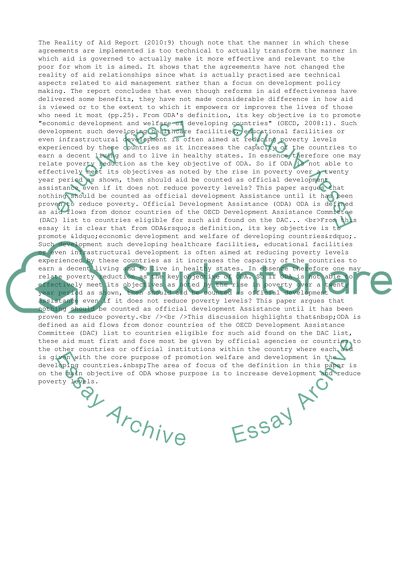Cite this document
(“Official Development Assistance and Poverty Reduction Essay”, n.d.)
Retrieved de https://studentshare.org/management/1450255-ypaid-is-abused-by-both-donors-and-recipients
Retrieved de https://studentshare.org/management/1450255-ypaid-is-abused-by-both-donors-and-recipients
(Official Development Assistance and Poverty Reduction Essay)
https://studentshare.org/management/1450255-ypaid-is-abused-by-both-donors-and-recipients.
https://studentshare.org/management/1450255-ypaid-is-abused-by-both-donors-and-recipients.
“Official Development Assistance and Poverty Reduction Essay”, n.d. https://studentshare.org/management/1450255-ypaid-is-abused-by-both-donors-and-recipients.


